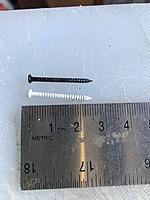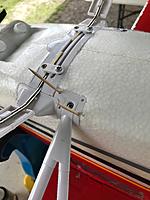Archive for June, 2018
Comments (0)
Add Comment
-
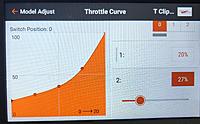 Views: 60
Views: 60
This is the approach power curve where the first point on the curve is the 20% throttle position. -
 Views: 48
Views: 48
Here is the windmilling prop curve where the lowest throttle position of 15 percent just turns the prop over. -
 Views: 71
Views: 71
This is the normal throttle curve. The lowest throttle position is 0 and stops the prop by using the ESC BRAKE program.
-
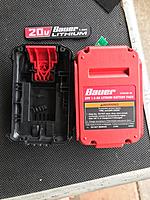 Views: 56
Views: 56
This 20V Bauer pack uses screws easily removed to seperate the case. -
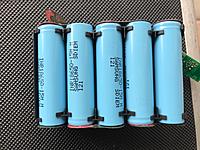 Views: 58
Views: 58
5 cells with the black plastic cell holder. -
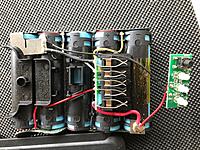 Views: 50
Views: 50
Lots of wires to use or remove. LED show charge status using a Baur drill that comes with its charger. -
 Views: 64
Views: 64
Some possible radial designs. The Sortaskorsy flying boat (either water or ground) would work well with the radial battery configuration. -
 Views: 60
Views: 60
222 grams for 5 cells INR 18650 type More research needed on amp draw and heat. -
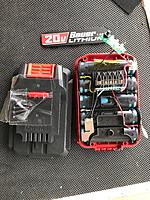 Views: 53
Views: 53
